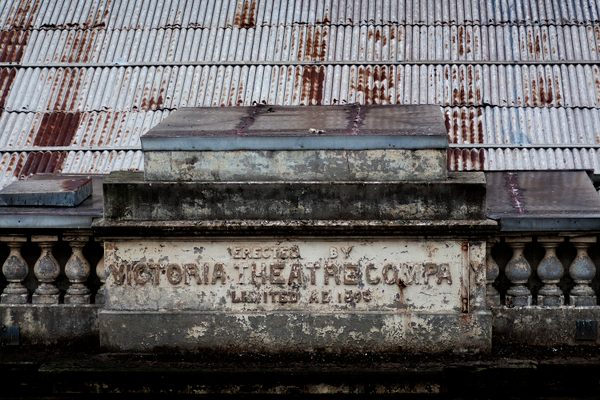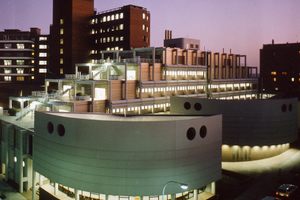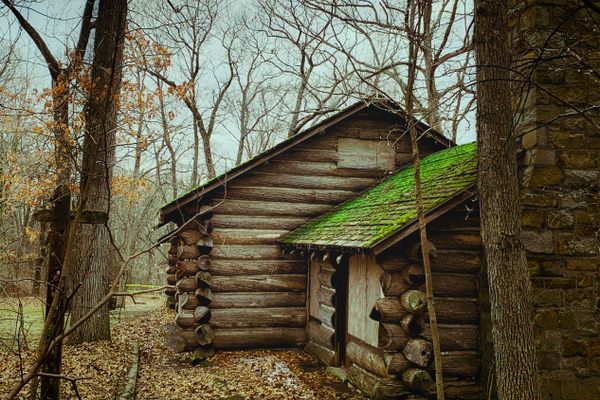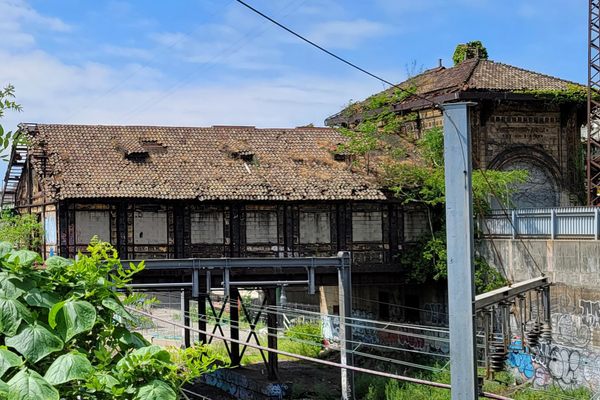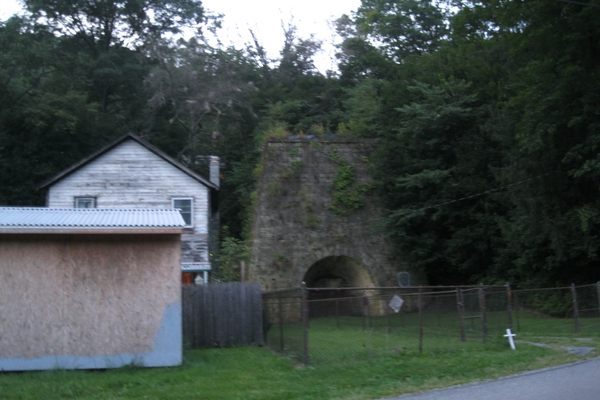About
Originally built in 1876, Newcastle's heritage-listed Victoria Theatre was rebuilt in 1890 and for decades has been shuttered and the subject of mystery and rumours.
With a capacity of around 1500 people, the Victoria Theatre was once a professional, state-of-the-art, nationally important theatre that rivalled any in Australia's capital cities.
Despite being well over 100 years old, the Victoria Theatre hosted the cutting-edge technology of its day including a massive fly-tower for set and scenery management, a solid fire curtain behind the proscenium arch, 16 dressing rooms, and a small private hotel.
From the three-level fly tower, the fly galleries are visible. There are two timber tiers on which the crew moved around behind the scenes, making the magic happen.
The Victoria was built before electricity was introduced in Australia in the small regional town of Tamworth in 1888. In Newcastle, trams in Hunter Street were electrified in 1920, so the grand Victoria Theatre would have been operating for some 50 years without electricity. The stage would have been illuminated for performances using 'limelights'.
First used at London's Covent Garden in 1837, limelights - also known as Drummond lights or calcium lights - were operated by theatre technicians with very long poles with a wick on the end. The most intense light source used for most of the nineteenth century, they were essentially a blowtorch fuelled with oxygen, and secondly, either with town gas, hydrogen, alcohol or ether. The flame was directed onto a piece of quicklime that became white-hot and produced an extremely intense light. Unfortunately, the major cause of fires in theatres during the era of the 'limelight' were the lights themselves. Indeed the original Victoria Theatre was destroyed by fire in 1859.
Stage technicians would come to the edge of the gallery with their lighting cue, physically put the wick into the lamp, and ignite the chemical compound in the lamp. The lamp would then glow onto the performance below. Different chemical combinations could provide different colours of light. This is the origin of the expression 'taking the limelight'.
The Drummond 'limelight' is just one of many old and ingenious technologies used to run the Victoria Theatre. Despite being well over 100 years old, many of those systems are still used in contemporary theatres today. For example, the firewall in the theatre uses a process that has been adapted by modern venues.
When the Victoria first opened, vaudeville theatre and silent films were the main offerings, but this grand old dame also saw the introduction of 'talkies' and Technicolor.
In 1906 the Victoria reopened after significant renovation and remodelling which included a much wider stage, raised proscenium walls, the removal of the dressing rooms from underneath the stage and new dressing rooms provided in a connected 'wing', and numerous new fireproofing measures were included.
Remodelling of the theatre was undertaken to accommodate cinema in 1920 which introduced the Victoria to new audiences and prepared the theatre for the introduction of 'talkies' in 1929.
Changes to liquor laws meant that the Victoria Theatre could no longer contain a hotel, so in 1921 extensive renovations converted the theatre to be used for both stage and screen. This major internal refurbishment cost 20,000 pounds, removed the upper balcony and small hotel, rebuilt the dress circle and made it more suitable for use as a cinema. The Victoria continued to operate as both a theatre and cinema until the 1940s but from this period operated as a cinema-only until 1966.
In 1967, false floors, walls, and ceilings were installed to convert the Victoria into a retail space and its life as a public performance space was over.
Fortunately, decades of retail use and then abandonment meant that behind all those temporary internal retail structures, the original theatre remains intact. A mystery to generations of locals, the theatre became more or less forgotten and few queried what might lay behind the Perkins Street hoarding panels.
The interior dress circle, circle foyer, proscenium, stage, fly tower, dressing rooms, ceilings and walls of the Victoria Theatre are all intact. Only the vestibule area of the lower foyer and rear stalls area was altered for retail space use. The exterior of the hotel above the awning is also intact, as it was after the 1921 alterations when the former hotel windows were 'blinded' when the auditorium was extended.
The Victoria Theatre is now getting ready for its next stage debut as new owners work to bring to life the vision of live performance at 'The Vic' once again.
Work has already been completed to remove the former retail spaces and decades of rubbish and neglect, revealing the Victoria's incredible and nearly intact interior for the first time in nearly 60 years.
Related Tags
Know Before You Go
The Victoria Theatre is currently closed to the public as work continues to return the theatre to a working space.
Community Contributors
Added By
Published
June 17, 2021





